Recently I saw a thread on twitter from my friend Bernardo Feitosa where he dug into ‘cracking the engagement code’ for an online course he offers.
The Results: 5x more course participants engaged, and 16x more completed the course.
The thread covers how they did it – it was so valuable I asked him if I could turn it into this blog post – he said yes (obviously).
Note: If you want to see the original thread on Twitter you can do that here.
It all started with this masterful set-up:
We launched an online course, but we had a problem.
— Bernardo Feitosa (@BernFeitosa) June 12, 2021
Only 15% of ppl started it.
Only 3% of ppl finished it.
For 30 days I made it my personal mission to crack the engagement code.
Today, we're at 88% course start and 50% completion rates.
Here's how 🧵 Hint: No, no cohorts.
Here are the following steps Bernardo outlined:
1. Commitment Form
1/ Commitment Form: If you want someone to do something, why not make them promise?
2. The Relentless Sequence
2/ The Relentless Sequence: There’s only ONE goal to this sequence: sign the commitment form.
I won’t show a single piece of content from the course before they commit to completing it. Getting this level of buy-in from every student was a game-changer.
3. The Magic Email
3/ The MAGIC email: “Is everything OK?” We’ve delivered emails over 10M times, and in all of that history, one email has the highest response rate ever… This is it:
3.5/ This “Magic” email is so good that every day I see new replies in our inbox, with customers saying how grateful they are that we’re following up.
4. SMS Reminders
4/ SMS Reminders Because our course is a daily challenge, we send daily SMS. For a regular course weekly might be better.
So it wouldn’t be annoying, we had people opt-in to these via the commitment form. 60% of all students say YES to daily SMS.
5. Lessons Learned
5/ Lessons I learned:
* It was worth it. Our upsell rate has doubled. Not doing that would have been leaving money on the table.
* Don’t be afraid to follow up. Clients actually appreciate it. You’re helping them.
* Keep it simple. Don’t overwhelm them with too many steps.
6. Why not a cohort?
6/ We have a high-ticket cohort based course with 90%+ completion rates. Cohorts are the best to maximize completion rates.
For this lower-ticket course, we needed the strategy to be evergreen.
7. What was the Tech Stack?
7/ Tech stack:
* All automation was done via Infusionsoft, SMS was integrated with PlusThisandTwilio
All could be done with other CRMs like HubSpot, ActiveCampaign, etc.
* This course is on WP with Memberium but I also use Thinkific for cohort courses.
Other options: Teachable out of the box and AccessAlly by Nathalie Lussier for WordPress.
Want it done for you? A top notch consultant like Brian Keith can help you implement.
Bernardo is (obviously) a super smart guy, and this thread was packed with valuable information that he shared generously.
If you found it valuable, you can:
1. Retweet and tag course creators who could benefit from this strategy
2. Follow him @BernFeitosa to see more of his journey

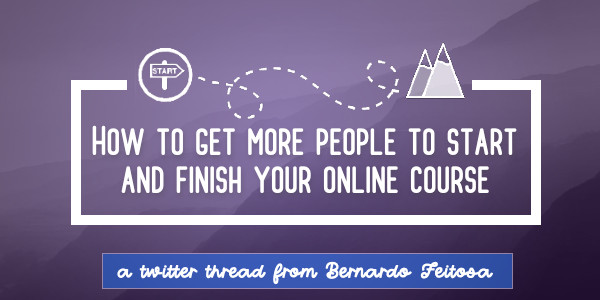
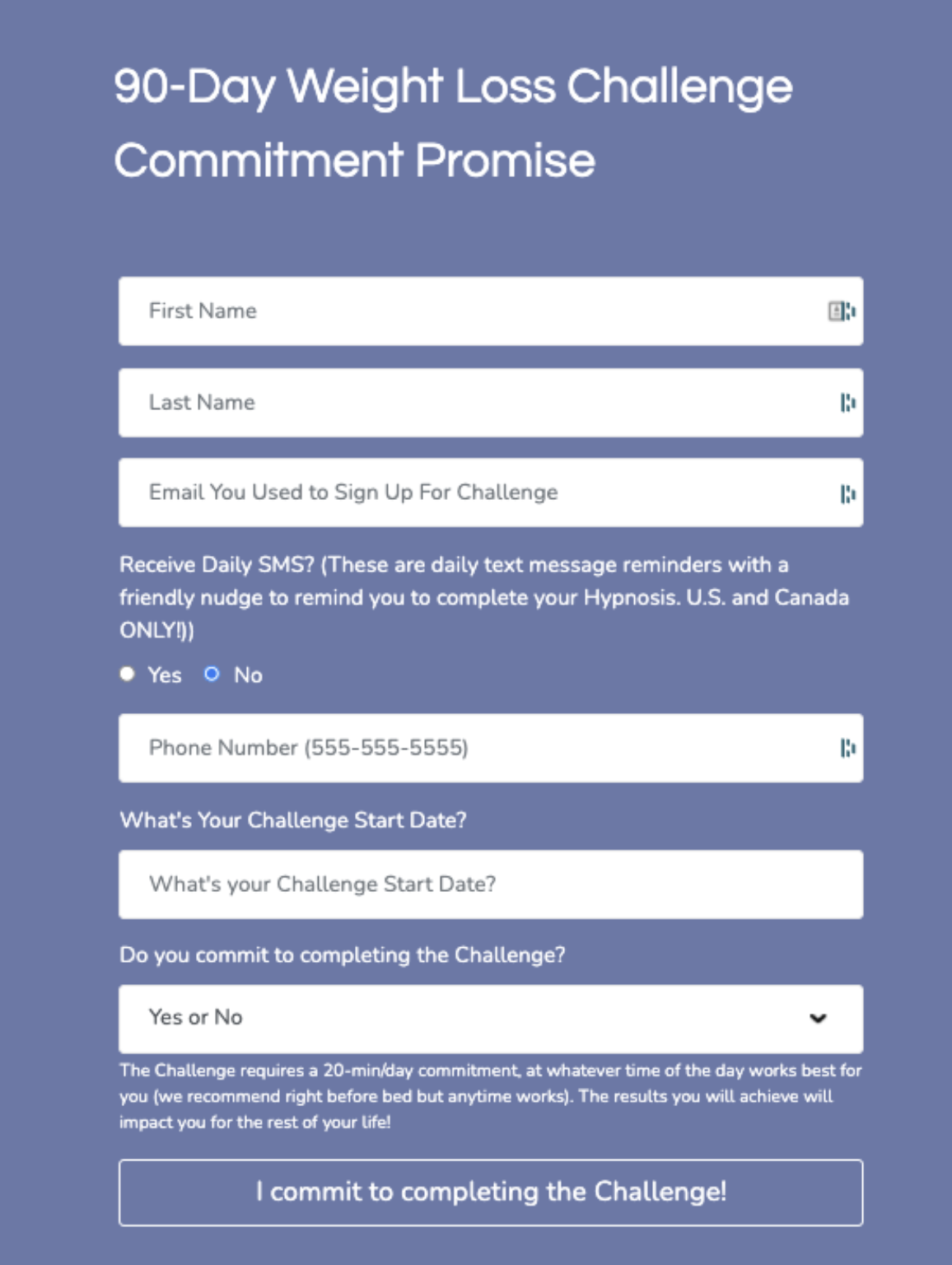

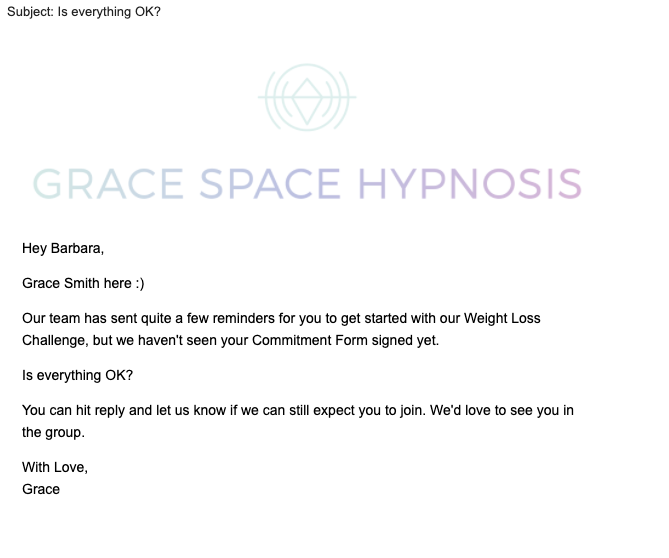
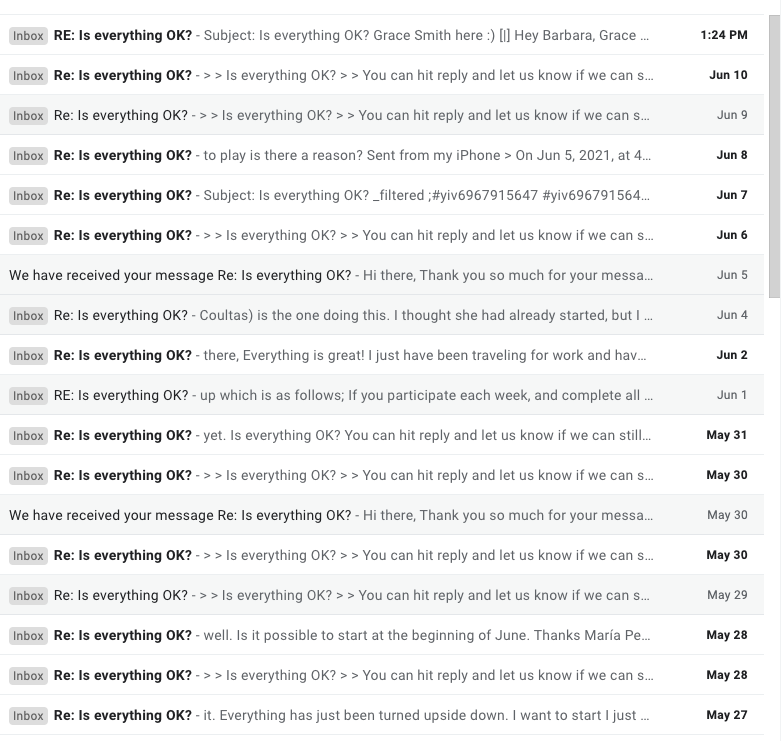
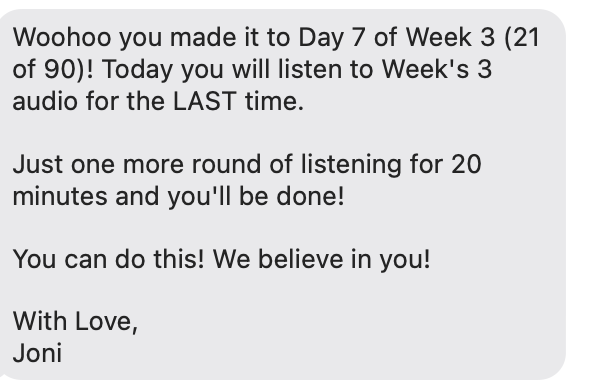
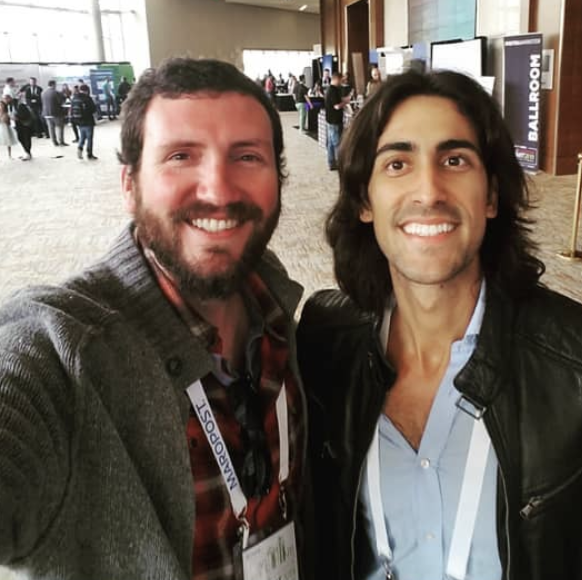



So good! Thanks so much for sharing Greg.
I’m curious what Bernardo’s definition of “cohort” is… I’ve heard it several times and think most folks consider this a “group going through the course together.” Is that what you think too?
I can’t speak for Bernardo, but yeah – that’s been the way I think about it. A ‘cohort’ is a group of people working through the material at the same time – usually with some form of community/collaboration.